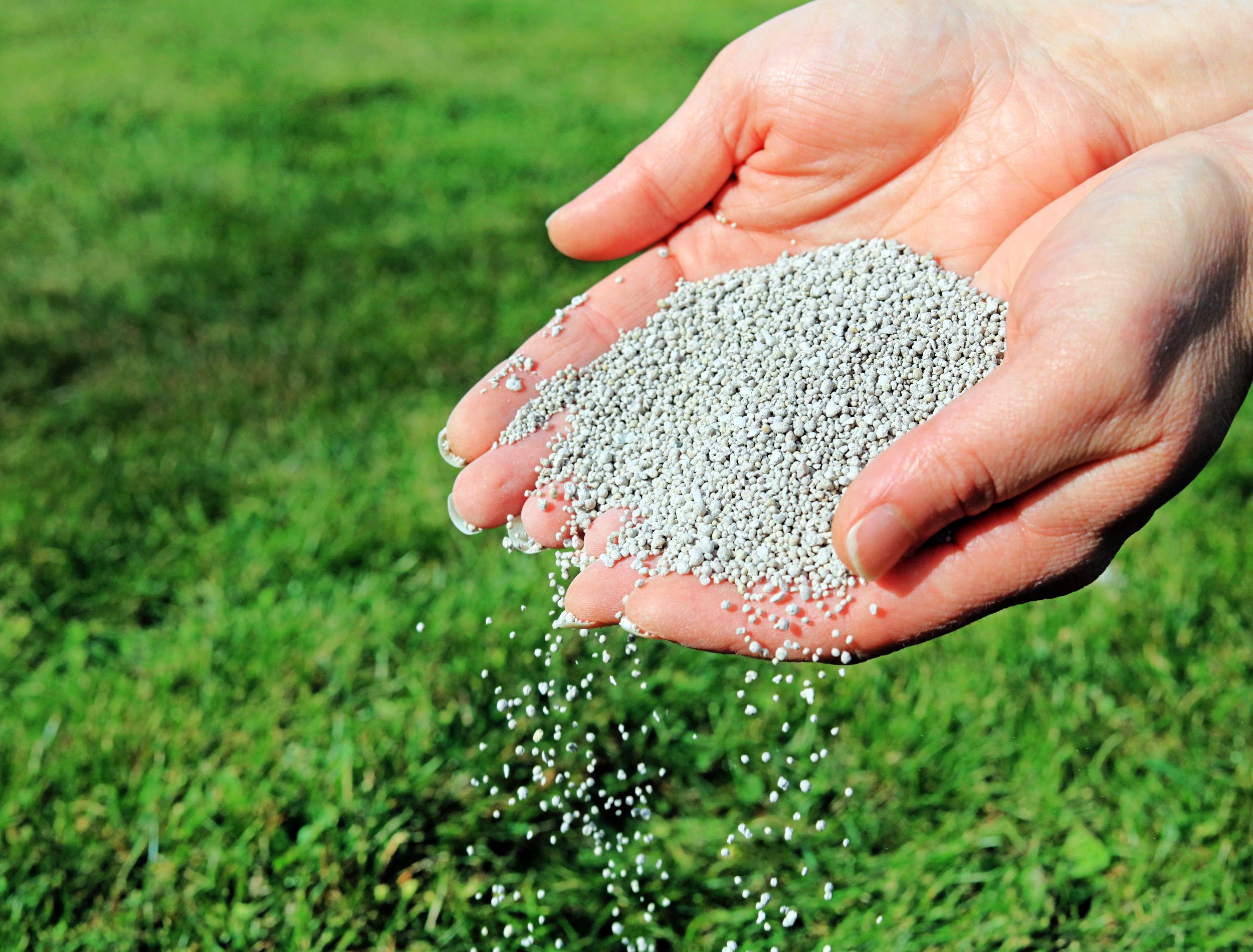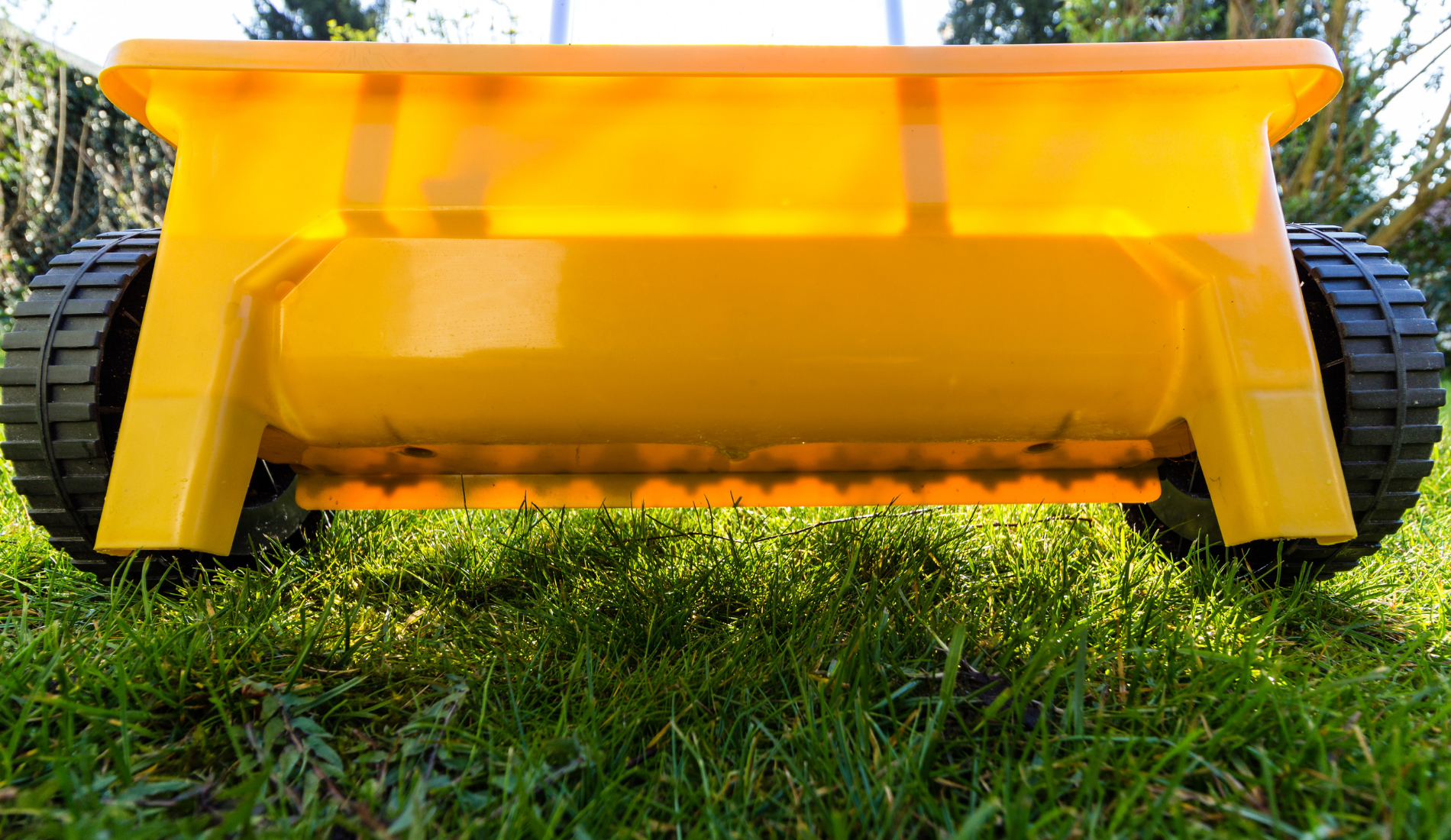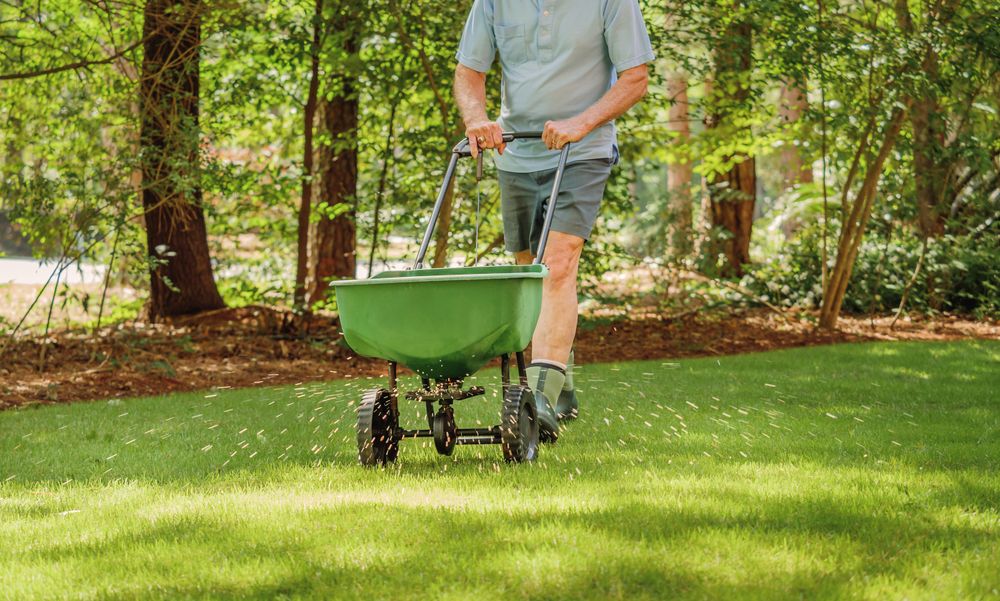They say the grass is always greener on the other side, but can you make your own lawn the greener one? Adding fertilizer to your lawn is a great way to keep it healthy, thriving, and lusciously green. But can you fertilize your lawn while it's wet? It's a question that has probably crossed your mind at some point.
Keep reading to learn more about adding fertilizer to your wet lawn!
Can You Add Fertilizer to Wet Grass?
Image credits: egiss via Canva
The answer is yes, with some caveats.
Although there are reservations to this, adding fertilizer to your wet grass is a great way to give it a boost of nutrients. When you add fertilizer to wet grass, the roots absorb nutrients more efficiently. This is because water helps break down nutrients, making them more available for plants. It's important to note that you can water your lawn before applying fertilizer but if there is a torrential down-pour on its way, it's best to hold off. Fertilizing waterlogged grass can cause the chemicals to runoff.
Never apply fertilizer to waterlogged or frozen soil. Waterlogging happens when the soil is so soaked that there is inadequate oxygen for plant roots to be able to breathe. By adding fertilizers to your lawn, you’re essentially wasting the fertilizer and possibly causing runoff since the soil will not be able to absorb it.
However, fast-release fertilizers can burn your lawn if you add too much or spread them to damp grass when the temperatures are high. If you do use a fast-release fertilizer, be sure to follow the manufacturer's instructions carefully.
How to Properly Fertilize Your Lawn
Image credits: Philmoto via Canva
If your grass is starting to look a bit dull and lifeless, you probably want to think about how to bring it back to life. One of the best ways to do this is by properly fertilizing your lawn.
Fertilizing your lawn may seem like a daunting task, but it's actually quite simple. All you need is some basic knowledge of plant nutrition and a few tools.
Soil Testing
The first step is to soil test your lawn. Soil testing is an easy way to determine precisely what your lawn needs regarding fertilizer and other amendments.
There are a few different ways to test your soil, but the most important thing is to ensure you do it before applying any products. This will help you avoid over- or under-fertilizing, which can lead to problems down the road.
To test your soil, you'll need to gather samples from different areas of your lawn. The best way to do this is to use a garden trowel or spade to dig up several small samples, about 2 inches deep. Once you have your samples, you'll need to label them to know where they came from.
Next, it's time to take your samples to a lab or soil testing kit. This will give you an accurate idea of the nutrients in your soil and how much fertilizer you'll need to add.
Choosing Your Fertilizer
Now it’s time to choose the right fertilizer for your lawn. It's essential to select the one specifically designed for use on grass, as many different types of fertilizer are available. From organic compost to slow-release, or nitrogen fertilizers, your soil test will help you determine which is best for your lawns needs.
How Much to Apply
Next, you'll need to determine how much fertilizer to apply. This will vary depending on the size of your lawn and the fertilizer you use. The label on the fertilizer should have this information, or you can ask the experts at your local garden center.
When To Fertilize
You should fertilize your grass in September for cool-season grasses and early June for warm-season grasses.
Application
Once you've selected the right fertilizer and figured out how much to use, it's time to apply it. First, water your lawn to ensure it is well hydrated but not waterlogged.
Second, apply your fertilizer with a spreader. This will evenly distribute the fertilizer across your lawn.
Finally, when applying fertilizer, as stated before, be sure to follow the manufacturer's instructions carefully. Over-fertilizing can damage your grass, so it's important to do it correctly.
If you take these simple steps, you'll be well on your way to having a healthy, green lawn that you can enjoy all season long.
Types of Fertilizer
Image credits: The Toidi via Shutterstock
There are three main types of fertilizer: organic fertilizers, slow-release chemical fertilizers, and fast-release fertilizers.
Natural organic fertilizers are made from plant or animal materials. They release nutrients slowly, so they need to be applied more often than other types of fertilizer. However, they improve the soil quality over time and are less likely to damage plants.
Slow-release chemical fertilizers are made with synthetic materials. They release nutrients slowly, so you don't have to apply them as often. On the flip side, they can be more expensive than other options.
Fast-release fertilizers are made with synthetic or natural materials. Fast-release fertilizers release nutrients quickly, hence the name. So, you only need to apply them once in a while, giving you less responsibility. But be aware of the cons -- they can damage plants if you use too much or spread them on wet grass during warm temperatures.
If you choose a fertilizer based on the needs of your plants and the type of soil you have your lawn will thank you.
Get Going!
So, can you fertilize your lawn when it’s wet? The answer is yes – with a little bit of extra care. Be sure to avoid getting the fertilizer on any surrounding plants, and always follow the instructions on the package.
Have you ever added fertilizer to your wet lawn? Hopefully this guide was helpful. Make sure to leave a comment about your experience in the comments below.




